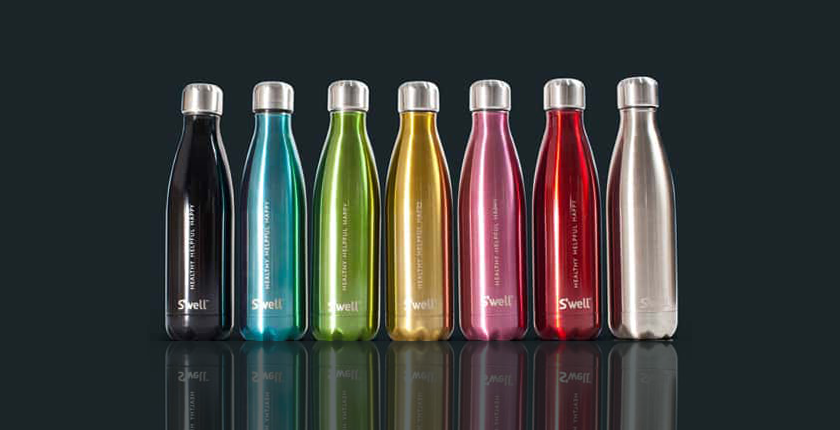Can Photo Clipping Be Done Without Photoshop?
Every picture looks beautiful now. It is Photoshopped almost each time. But can a photo clipping be done in any other way? Try using QuarkXpress also for a change. And see the results.
Most graphic designers and photo editors have used Photoshop for years now. Copy editors, newspaper reports to revise their stories and pictures accompanying the text, generally use QuarkXPress. Media persons using the 7th model of this software are already familiar with the impressive features that it has. This software has the ability to streamline the editing work. Much like what is needed for photo clipping.
A smooth finish is what one needs at the end of the road. Picture manipulation and effects can be added later. It is advanced and is ideal for making any kind of change to the picture accompanying the text. There are more than basic tools to edit, thus it is a choice of many designers also who necessarily do not handle do much of clipping with the text.
Learn how much does it cost to outsource clipping path service.
Several students can start off with Quark and its features to get more familiar with Photoshop. Photo clipping can become easier and fun to work with too. It is like learning the bicycle before getting to know the motorbike. With the help of Photoshop and QuarkXpress, the clipping path becomes easy to understand and learn. If a clipping path has already been created in Photoshop, the image can be transferred to Quark for making the page. The cut out of the photo is used with the text, which will eventually go for printing. But what if you are still not working on Photoshop? Then how can QuarkXpress be useful?
The first thing to do is to get the photo in Quark and determine the areas that are non-white. If there is already a clear white background then the job is easier. This works well for product photography. If there is a logo that has a white backdrop, the text can be nicely fitted in it. To make it simpler here are the steps:
- Import the photo in the picture box.
- Choose clipping from the menu in Quark
- Change all None to non-white areas
- Click on Apply (the clipping path is automatically created)
These steps are simple but there are limitations when the photo is in color or has a different backdrop. Whitesh radiance is visible if multiple colors exist. If this poses a problem then use a negative outset. This will delete the white pixels. The main job now is to now merge the text with the edited clipping path picture. It wraps around neatly. To do this chose ‘runaround’ from the menu. For ‘Type’ you can select ‘Clipping path’ the same one that was used before. The result, which will be visible, is the text around the clipping path and not the hard edges of the photo. This plan works if the photo has a white background.
Otherwise switch over to Plan B!
If Plan B has to be used then import the picture and use ‘Bezier’. This is a pen tool that can pretty much do the needful but it needs to be mastered, like any other for best results.
Author:
Sayedul Mursalin
Photographer and Retoucher at Background Remove helps ecommerce owners and commercial photographers edit their product photos that increase online sells.




Comments
Post a Comment